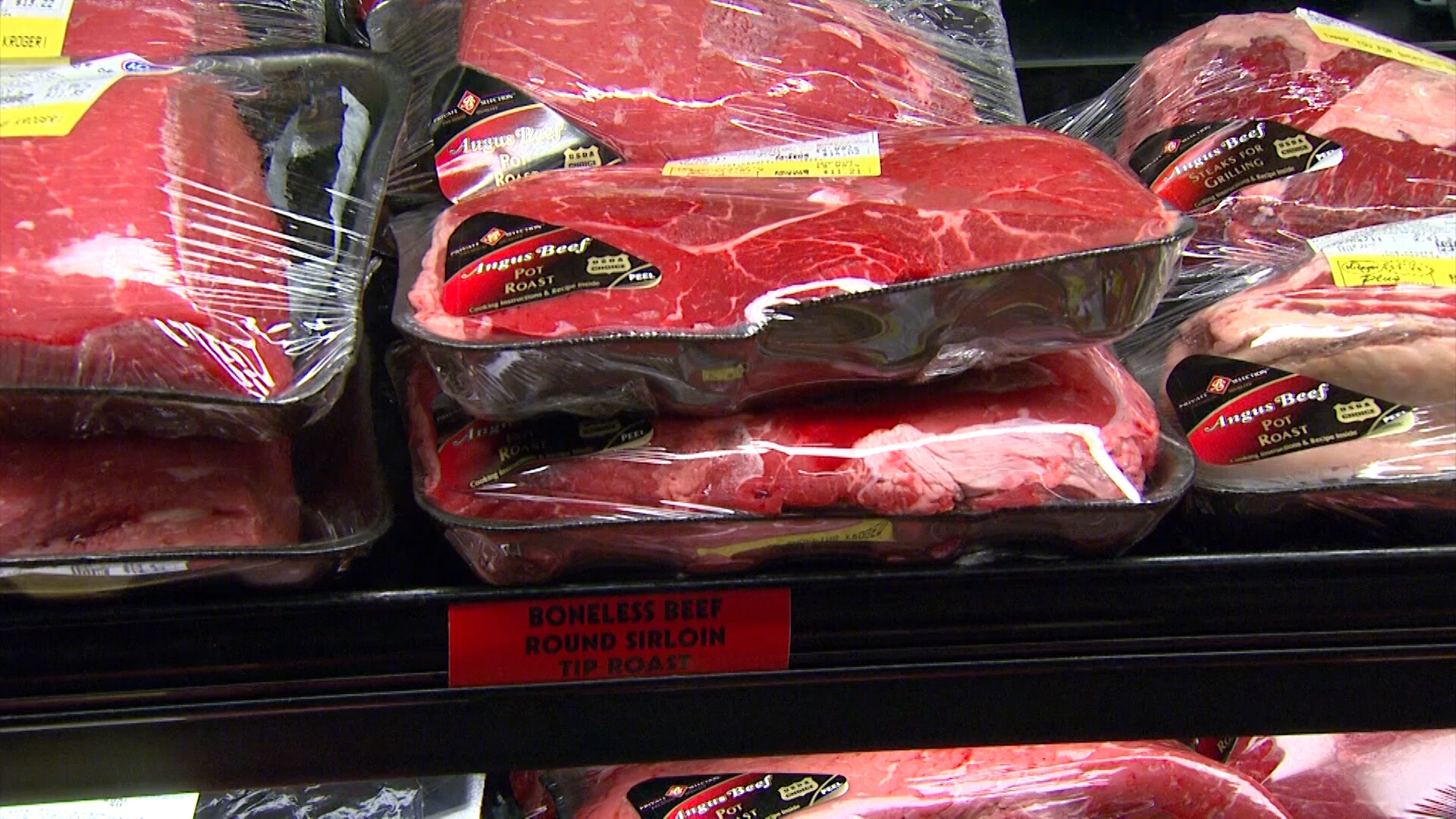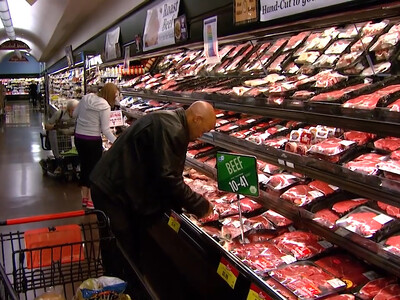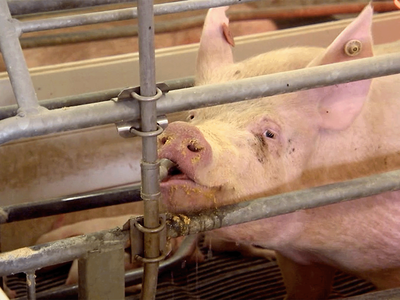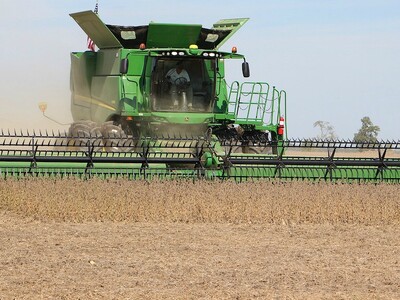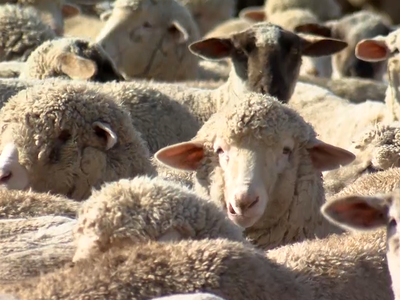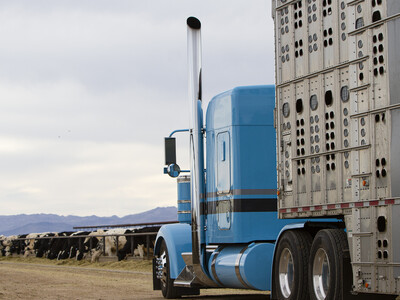Protein Production in 2021 Projected to Increase
Despite the extraordinary volatility and dynamics of meat industries and food markets in 2020, total meat production for the year is projected just 1.2 percent lower than pre-COVID forecasts. As this year winds down, the pandemic is still raging going into 2021 but with expectations that vaccines will help bring COVID-19 under control during the coming year. Tables 1, 2 and 3 present forecasts for production, imports, exports and per capita consumption of beef, pork and broiler meat in 2021. The tables are based on current forecasts from the Livestock Marketing Information Center (LMIC).Beef production is forecast to decrease in 2021 with cyclically smaller cattle numbers and carcass weights retreating from record 2020 levels. Beef trade is expected to improve with smaller beef imports and increased beef exports in the coming year. These will combine with decreased production to reduce per capita beef consumption in 2021.
Pork production will continue to expand in 2021, albeit at a slower pace than the previous two years. Pork exports, which grew sharply in 2020 on the heels of strong demand from China, will grow at a much more modest pace in 2021. Domestic pork consumption may increase slightly as growing pork production exceeds pork export growth.
Broiler production is currently forecast to increase slightly in 2021 after two years of strong growth. The broiler industry has more ability to adjust production quickly and may change course depending on how market conditions evolve going into 2021. Strong broiler exports are expected to lead to a decrease in broiler consumption in the coming year.
At this time, total red meat and poultry production is projected to increase to another new record level of 107.2 billion pounds in 2021, as increased pork and poultry production offsets decreased beef production. However, with strong meat exports offsetting increased production, domestic total meat consumption is projected to decrease to 222.1 pounds per capita, down from 225.3 pounds in 2020. Many factors may cause revisions to these forecasts including the speed and effectiveness of controlling the ongoing pandemic; macroeconomic uncertainties in the U.S. and global economies; changing feed market conditions; currency exchange rates; and evolving trade policy, among others. Conditions remain very dynamic and uncertain at the end of 2020 but there is potential for more stability in the second half of 2021.
Source: Derrell S. Peel, Oklahoma State University Extension livestock marketing specialist


